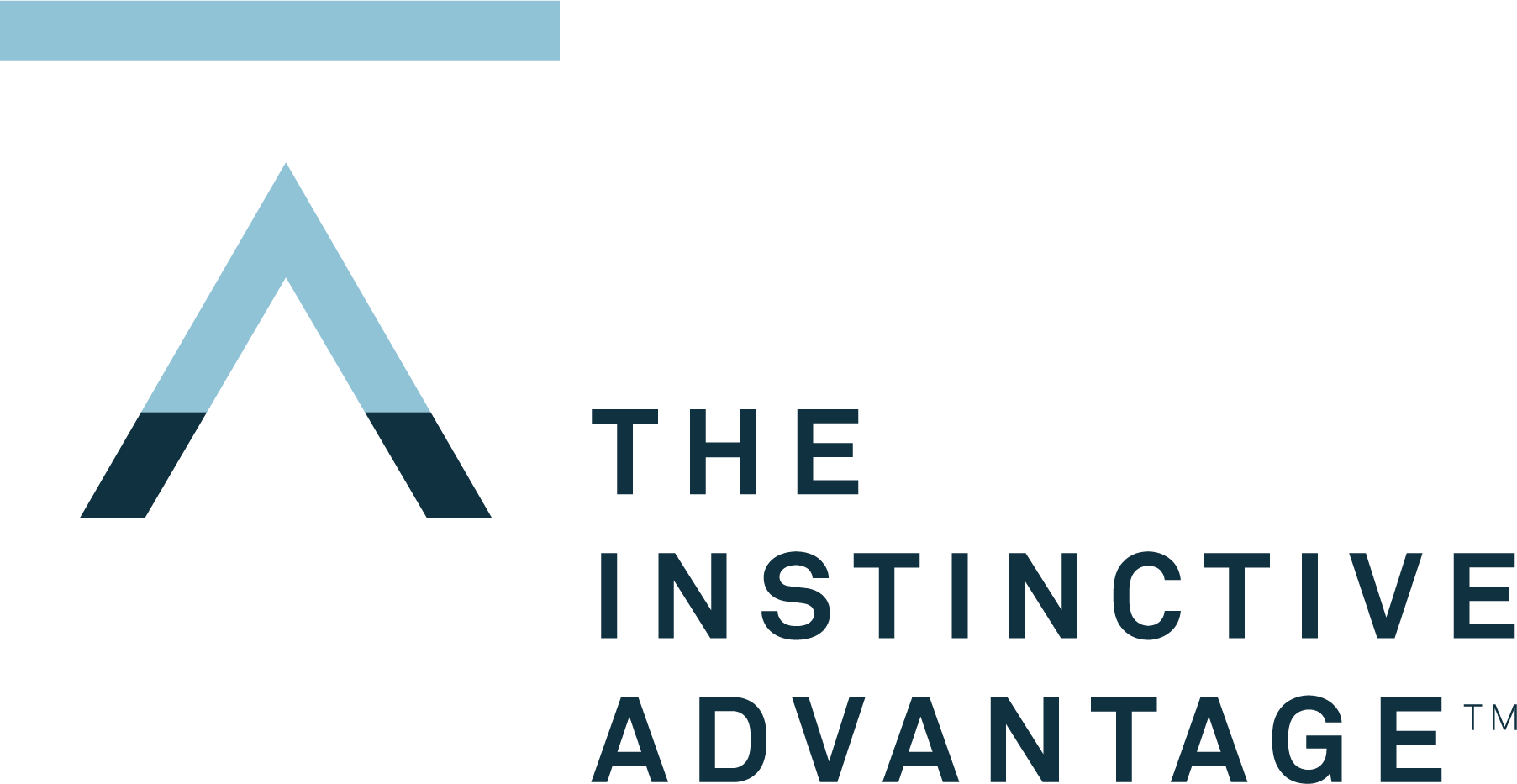Understanding the Kolbe Transition Result
What is the Kolbe Transition?
Approximately 10% of the time, a Kolbe result comes back ‘In Transition’. I have received many comments from clients over the years from “I broke it” to “wow, this is incredibly accurate”. I want to take a few moments to dispel some of the myths and unpack what this inconclusive - yet truly powerful result - is telling us.
Simply put, this result occurs when someone is answering the questions inconsistently. This often stems from a place of stress in their world. It can be representative of a major life change - lack of clarity in a job, a move, empty nest, divorce, new job, etc. I have seen it all. Their world is running their instinct; not their instinct running their world.
Imagine a scenario where, despite knowing your conative strengths, you find yourself contradicting them. It’s a shift in your ability to express or recognize your innate conative nature, often leading to stress.
Recognizing a Kolbe Transition helps you understand why you’re feeling out of sync. It allows you to take proactive steps to realign with your natural modes of operation, thereby reducing stress and increasing productivity. The more you understand about your conative nature, the better equipped you’ll be to navigate life’s inevitable transitions.
You received the Transition Kolbe result. Now what?
First, let’s make sure to understand how to spot this result. If your Kolbe result does not have a defined four numbers - and there is an asterisk underneath at least one mode - then your result falls into this category. Receiving an inconclusive Kolbe result can be confusing and frustrating. It might feel like you’re left in the dark, unable to get a clear picture of your conative strengths. But don’t worry—this is a common occurrence and can be addressed effectively. In most cases, an inconclusive result happens due to significant personal or professional changes causing uncertainty.
When faced with an inconclusive Kolbe result, the first step is to take a deep breath and recognize that this is a temporary state. The Kolbe A™ Index measures your innate problem-solving approach, but significant life changes can cloud these instincts. For optimum understanding, it is highly recommended to book a session with Erin Werde to discuss and create strategies for a solve.
Meanwhile, reflect on recent changes in your life. Have you started a new job, moved to a new city, or experienced a significant personal shift? These changes can temporarily alter your natural inclinations, making it harder for the Kolbe A™ Index to deliver a clear result. Understanding this can provide some peace of mind and clarity during this period of transition.
Remember, the goal is to gain a better understanding of your innate abilities and how they fit into your current life circumstances. With time and the right support, you’ll be able to explain and navigate through this phase and contribute with a clearer understanding of your conative strengths and mental energy.
Summary
The journey through understanding the Kolbe Transition and how to navigate inconclusive results is both enlightening and empowering. By recognizing the role of conation in your life and learning how to measure it with the Kolbe A™ Index, you can gain profound insights into your natural problem-solving abilities. The Kolbe Transition highlights the importance of aligning with your innate conative strengths, especially during times of change.
The Instinctive Advantage offers invaluable support and resources to help you through this process. From their comprehensive & personalized consulting services, you have access to tools that can significantly enhance your understanding and application of Kolbe methods. Embracing your conative nature and leveraging your Kolbe strengths will not only help you navigate transitions more effectively but also lead to a more fulfilling and productive life.
